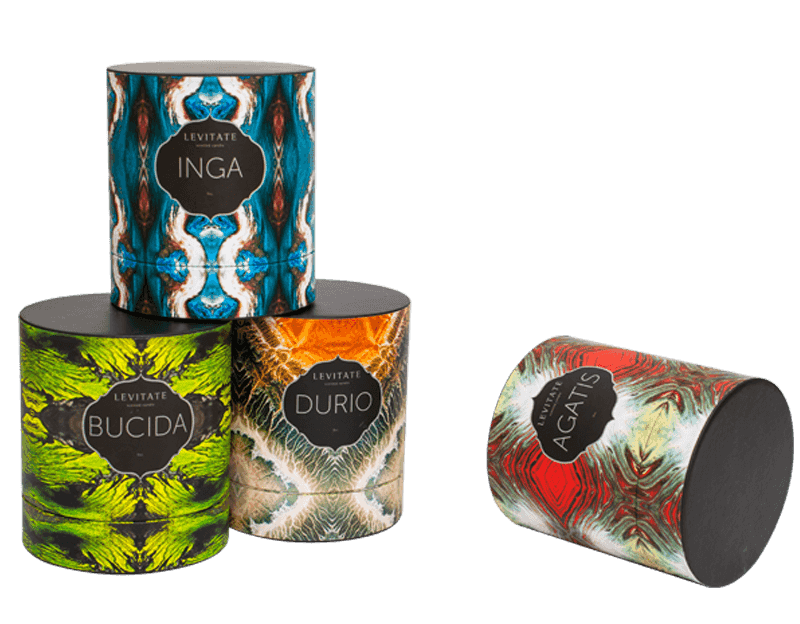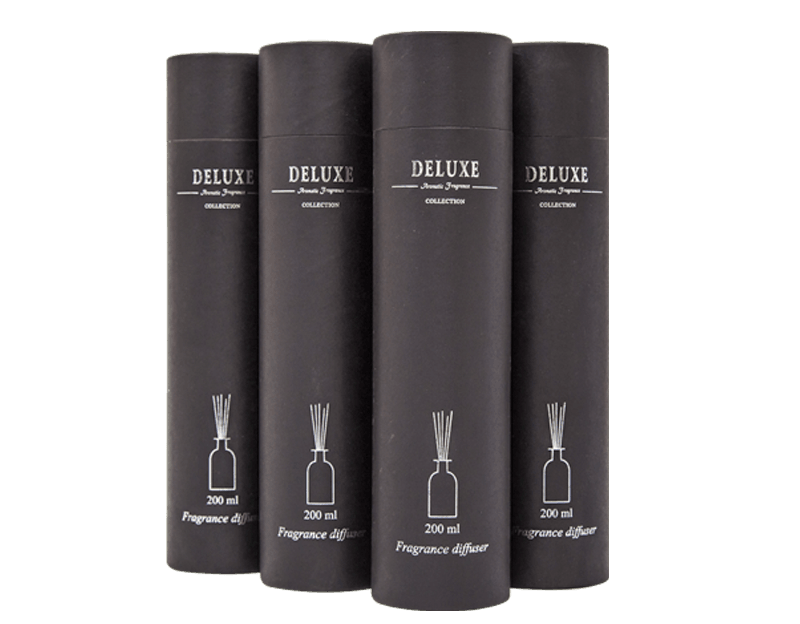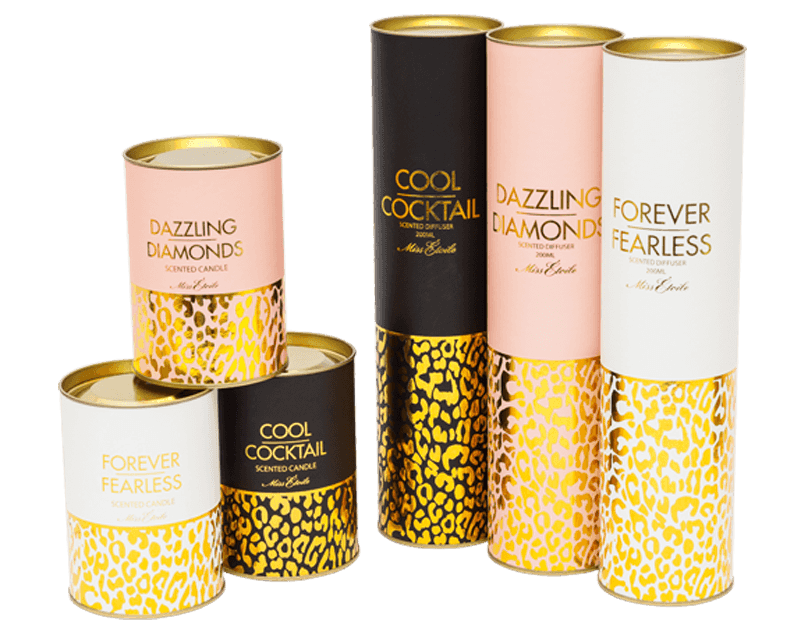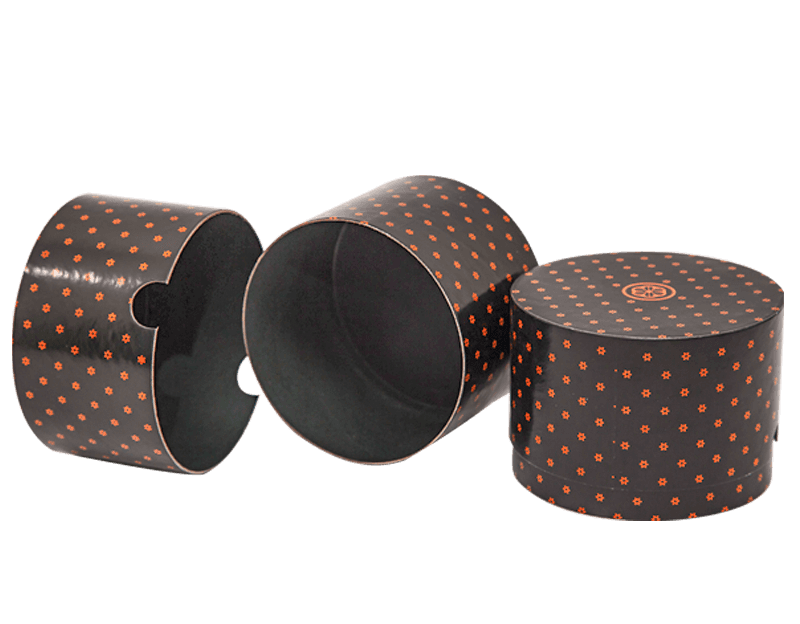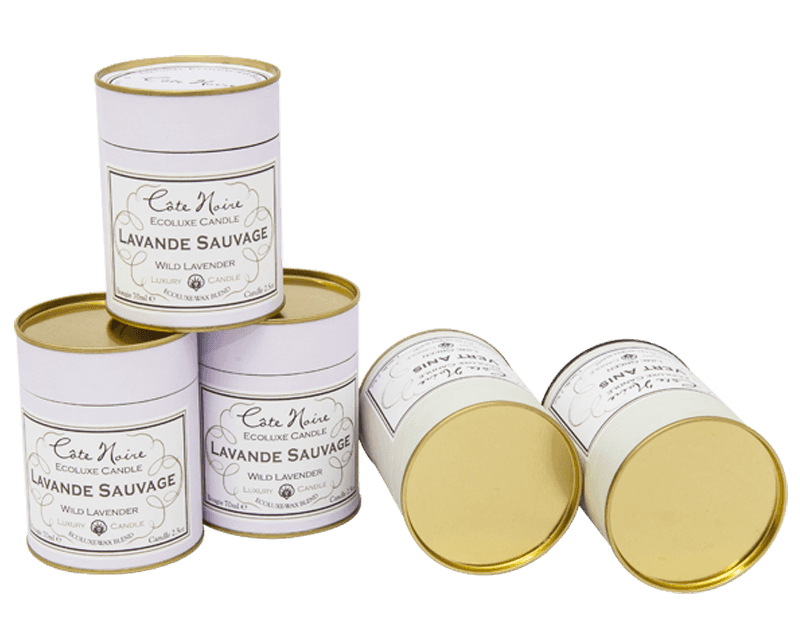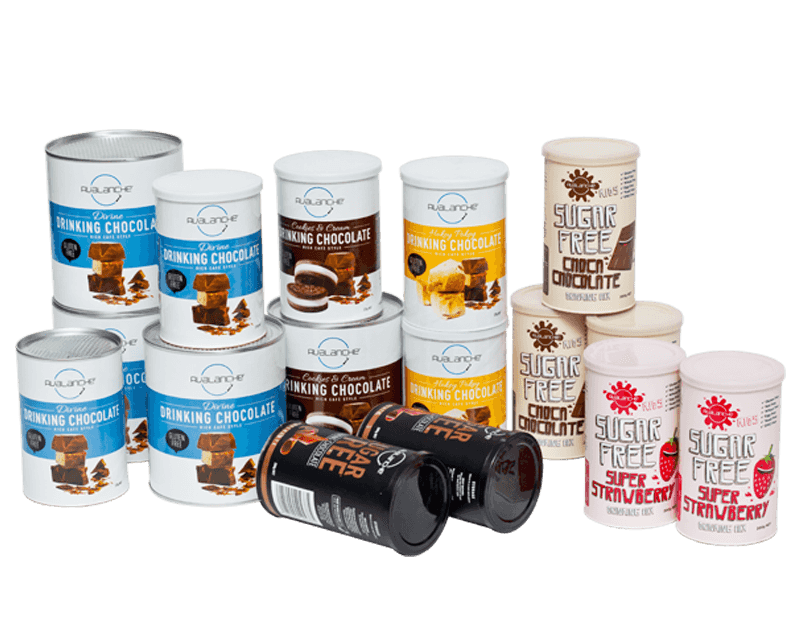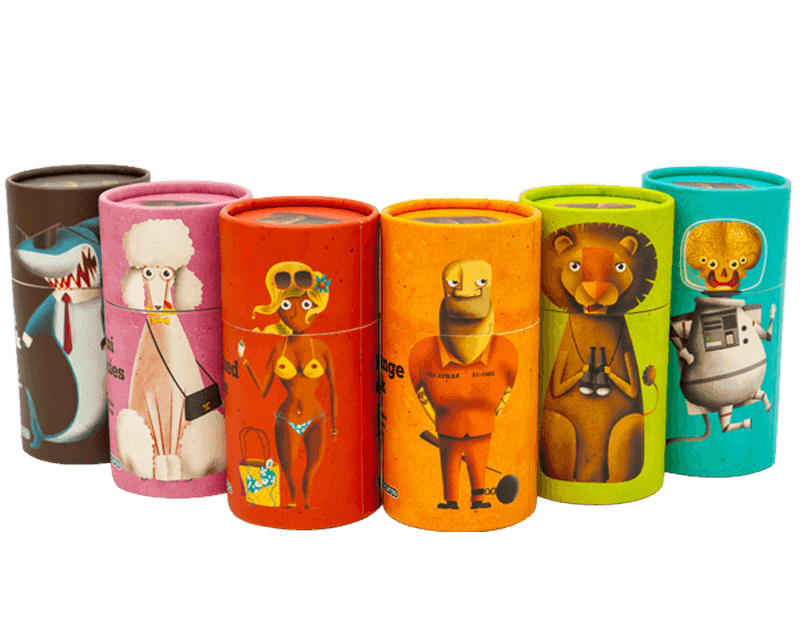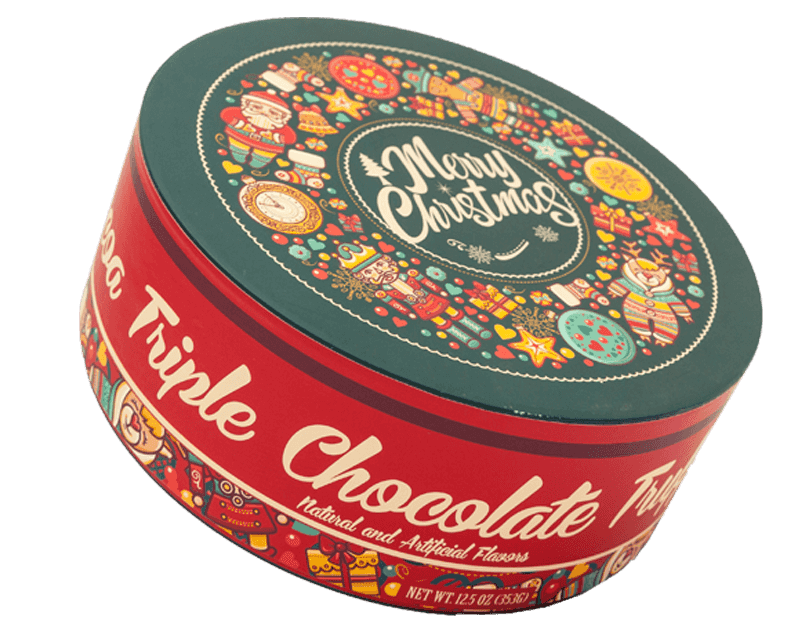As one of the top China cardboard tube packaging manufacturers and paper tube packaging suppliers, we devote all of our efforts to research and launch more high quality packaging products to global market.
Cardboard packaging is one of the most widely used materials in the packaging industry due to its versatility, cost-effectiveness, and sustainability. From shipping boxes to product displays, cardboard plays a critical role in protecting, presenting, and transporting goods across various sectors. This article explores what cardboard packaging is, its types, uses, benefits, and considerations in modern packaging solutions.
1. Understanding Cardboard Packaging
Cardboard packaging refers to packaging materials made primarily from paper-based products such as corrugated fiberboard or paperboard. Despite the common use of the word "cardboard," the term actually covers several types of heavy-duty paper-based materials used for packaging purposes.
There are two primary categories:
-
Corrugated Cardboard: Typically used for shipping boxes, made from a fluted sheet sandwiched between two linerboards.
-
Paperboard (Boxboard): A thinner and smoother material used for retail packaging like cereal boxes, tissue boxes, and cosmetic packaging.
2. Types of Cardboard Packaging
a. Corrugated Boxes
These are the most common form of cardboard packaging, used for shipping and storing products. They come in single, double, or triple-wall constructions depending on the required strength.
b. Folding Cartons
Made from paperboard, folding cartons are commonly seen in food packaging, pharmaceuticals, and small electronics. They are lightweight and easily printed on.
c. Rigid Boxes
Also known as set-up boxes, rigid cardboard boxes are sturdy and used for luxury products like smartphones, jewelry, or perfumes.
d. Cardboard Tubes and Trays
Used for packaging posters, bottles, or food items. They offer both functional storage and appealing display.
3. Benefits of Cardboard Packaging
-
Eco-Friendly: Made from renewable resources and fully recyclable.
-
Customizable: Easy to print, cut, and shape for branding and unique packaging designs.
-
Lightweight: Reduces shipping costs while maintaining durability.
-
Cost-Effective: Affordable compared to plastic, metal, or wood packaging alternatives.
-
Protective: Corrugated cardboard provides shock absorption and protection during transit.
4. Common Uses Across Industries
Cardboard packaging is utilized in nearly every industry:
-
E-commerce: For shipping goods directly to customers.
-
Food and Beverage: For takeout containers, beverage carriers, and retail displays.
-
Electronics: Protective packaging for fragile items.
-
Retail: Eye-catching product boxes with branding.
-
Healthcare: Packaging for pharmaceuticals and medical devices.
5. Sustainable Packaging Trend
With increasing awareness of environmental issues, cardboard packaging is becoming the preferred option over plastic. Many companies now opt for:
-
Recycled cardboard materials.
-
Minimalist, zero-waste packaging designs.
-
Biodegradable and compostable coatings.
6. Things to Consider When Choosing Cardboard Packaging
When selecting cardboard packaging, businesses should consider:
-
Weight and fragility of the product
-
Required shelf life
-
Moisture resistance
-
Branding and print needs
-
Budget and volume of production
Conclusion
Cardboard packaging is a reliable, sustainable, and highly adaptable solution that meets the diverse needs of businesses across the globe. Whether for shipping, retail, or presentation, it remains an essential component of modern packaging strategies. As the world moves toward greener practices, cardboard packaging continues to evolve with innovations in material science and design.
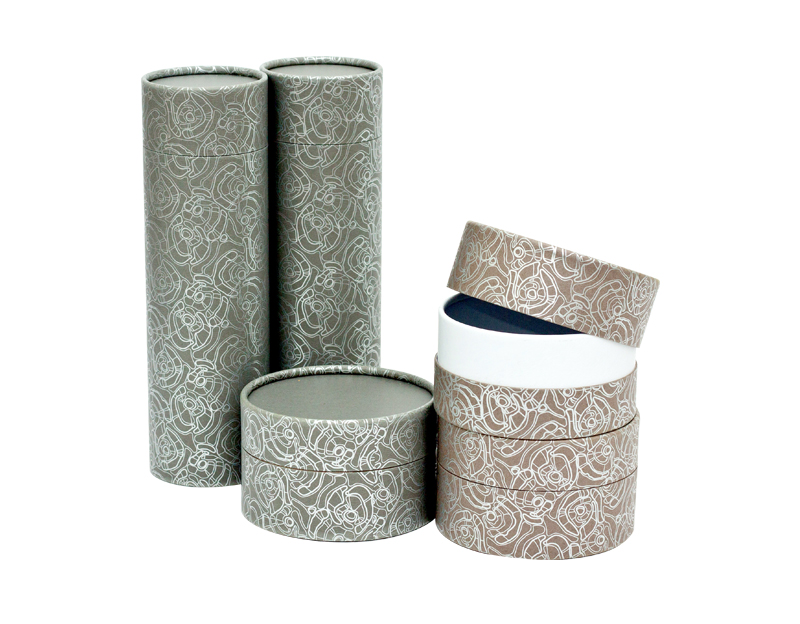
 English
English Español
Español
